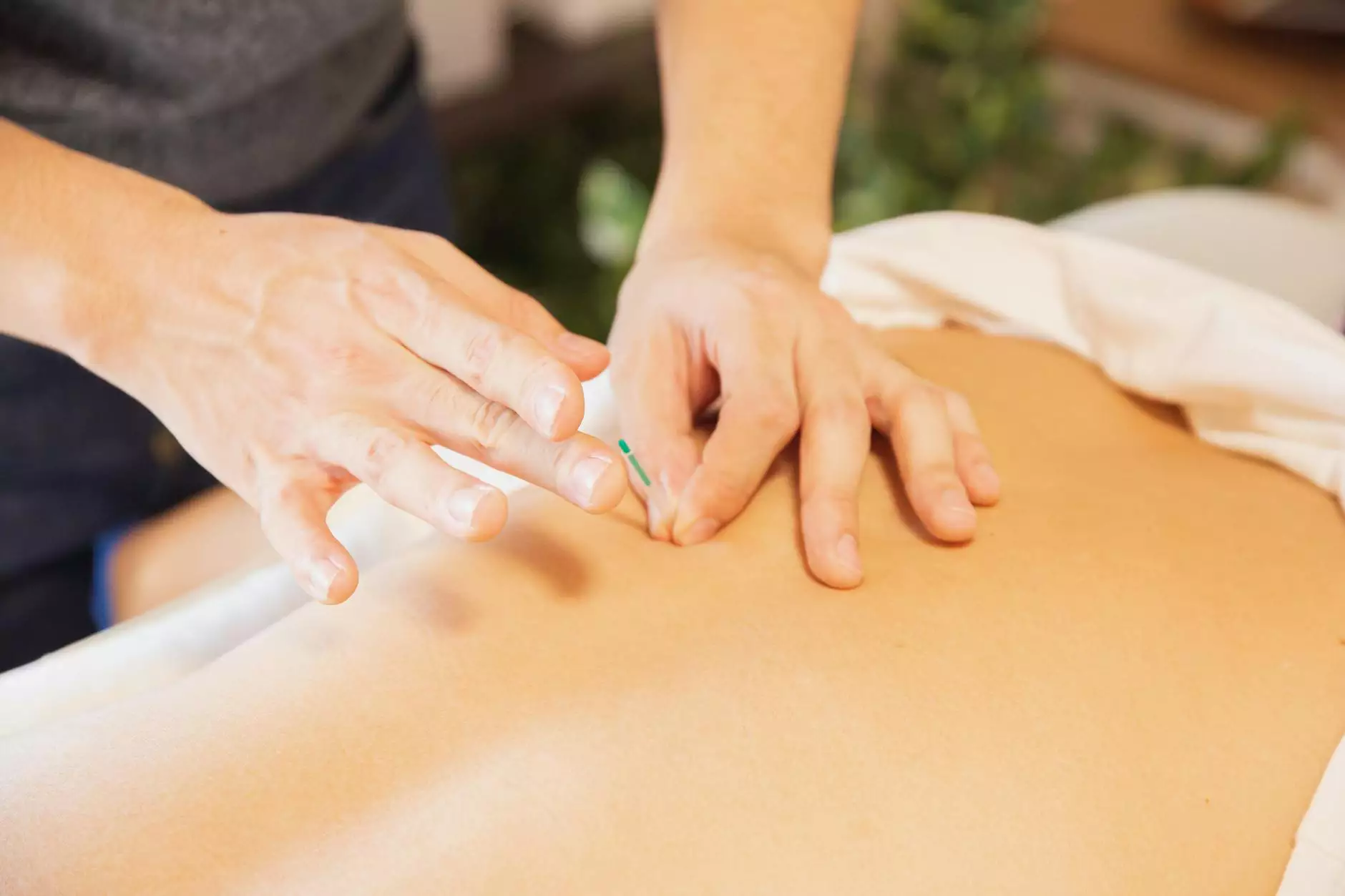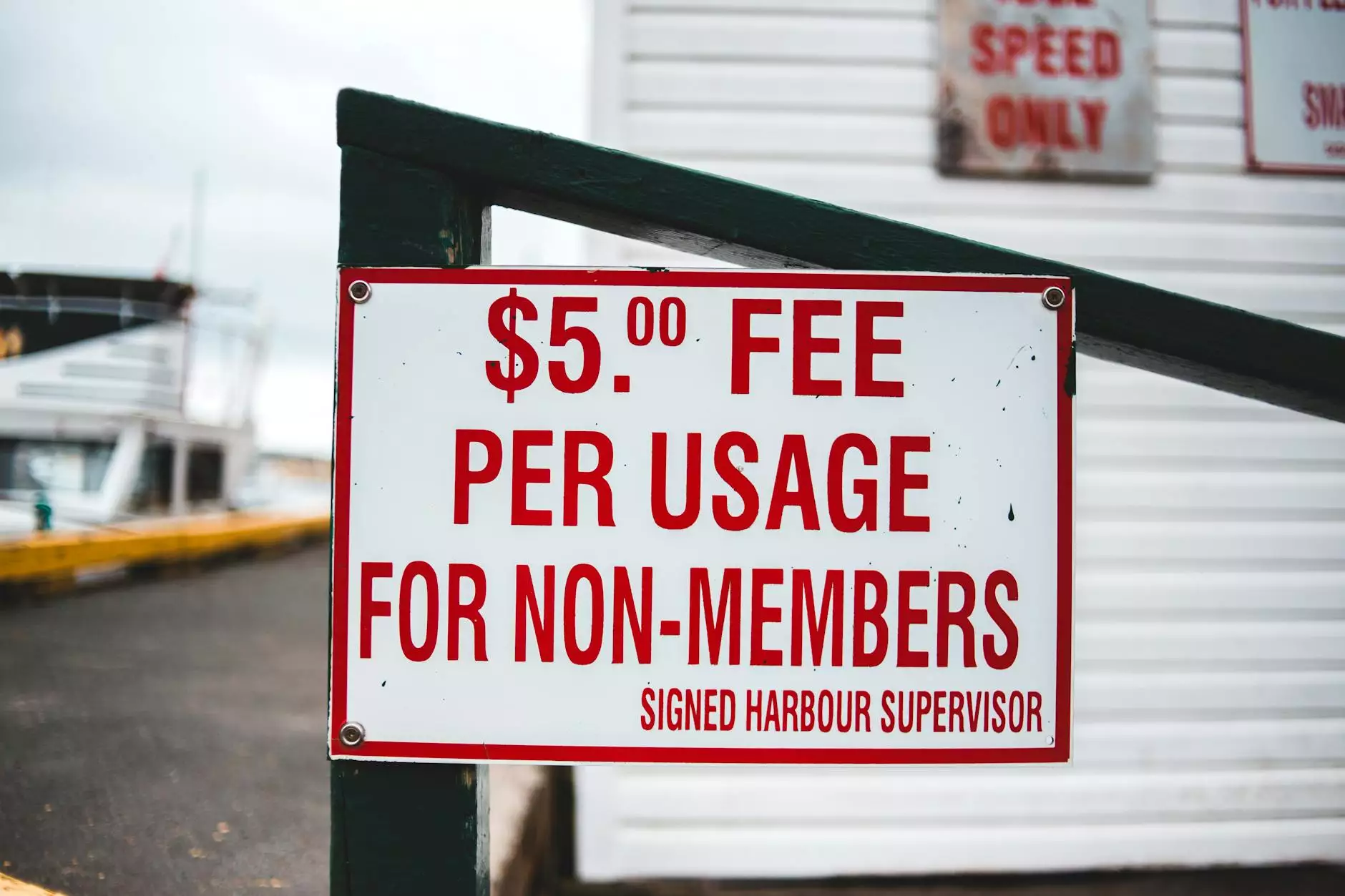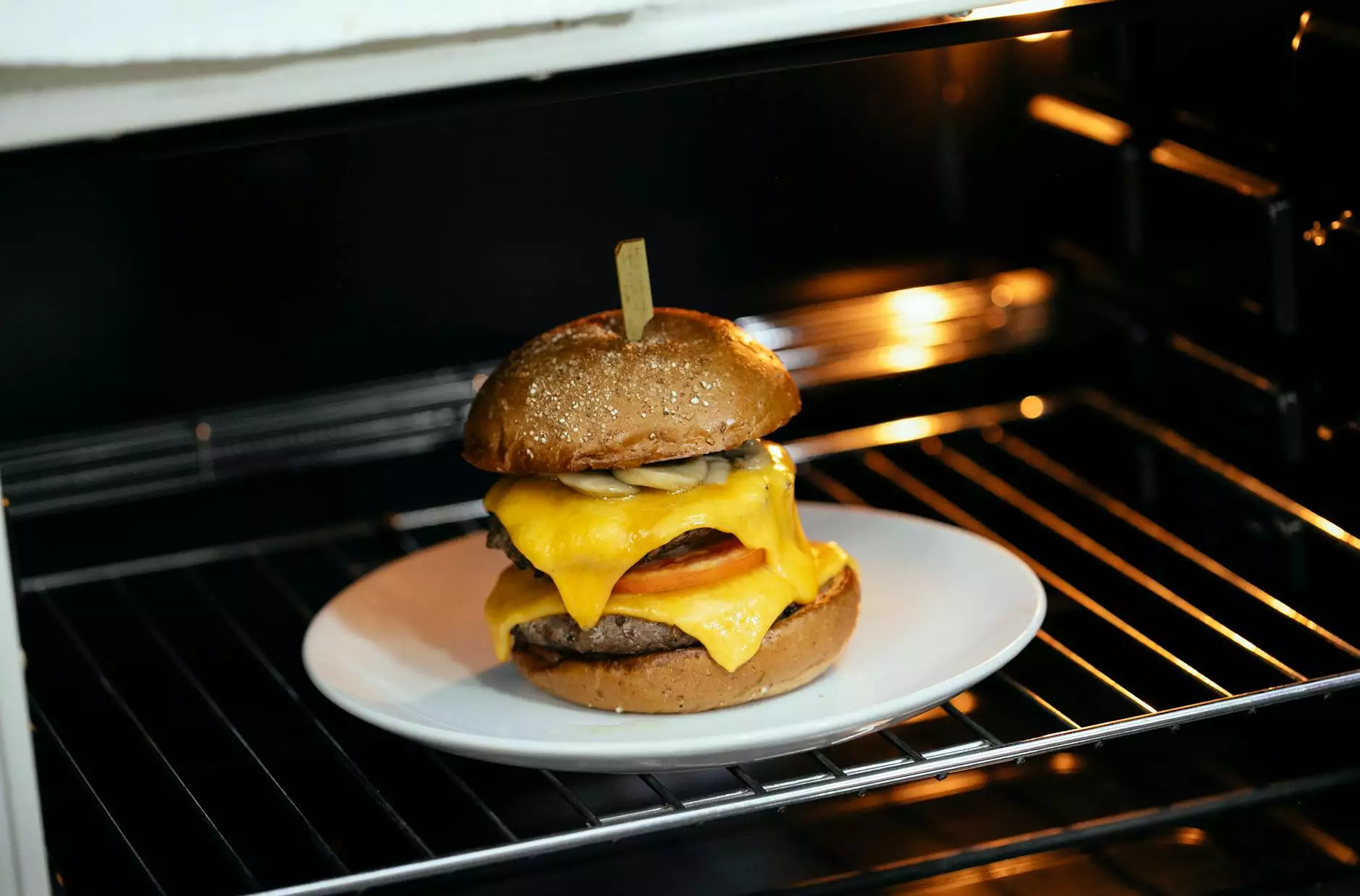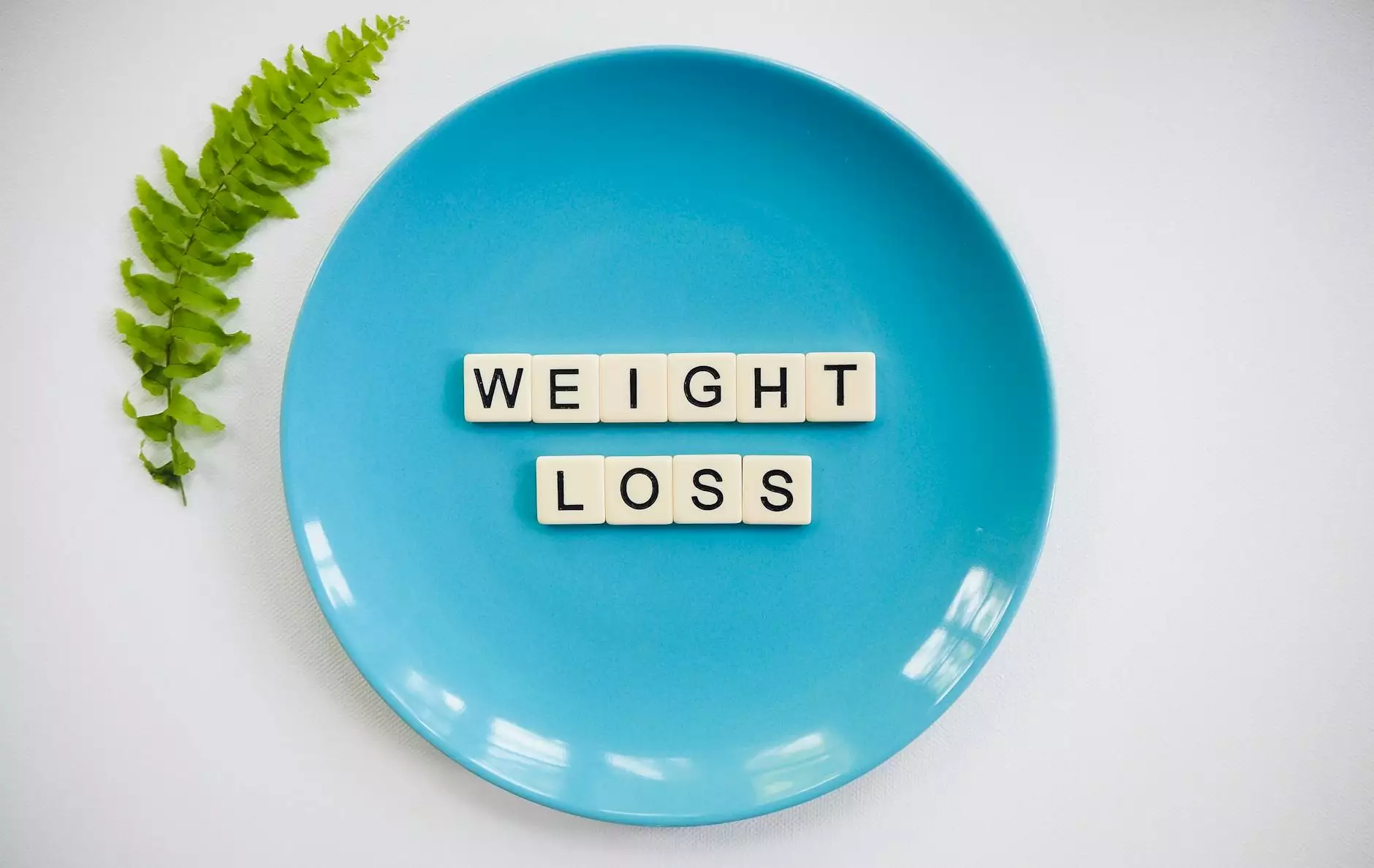Understanding Rhinoplasty Recovery

Rhinoplasty is one of the most popular cosmetic surgical procedures today, performed to enhance the appearance of the nose and improve its function. However, the journey doesn’t end once you leave the operating room. Rhinoplasty recovery is a crucial part of the experience, and understanding it is essential for achieving the best possible results.
The Rhinoplasty Procedure: An Overview
Before diving into the recovery process, it's vital to have a grasp of what rhinoplasty entails. The procedure can be performed for various reasons, including:
- Cosmetic Enhancements: Altering the size, shape, or proportions of the nose.
- Functional Improvements: Correcting breathing issues or structural abnormalities.
- Reconstructive Reasons: Repairing injuries or congenital defects.
What to Expect Post-Surgery
Immediately following the surgery, you’ll be taken to a recovery room where your vital signs will be monitored. Typical experiences include:
- Edema: Swelling around the eyes and nose is quite common.
- Bruising: Discoloration may appear, particularly under the eyes.
- Pain and Discomfort: You might experience mild to moderate pain, which can be managed with prescribed medications.
Initial Recovery Period (Days 1-7)
The first week is crucial for rhinoplasty recovery. Here’s a detailed breakdown:
Days 1-2: Post-Operative Care
During the first two days, you should keep your head elevated to minimize swelling. Some tips include:
- Use extra pillows while you sleep.
- Avoid bending or strenuous activity.
- Take your prescribed medications to manage pain and discomfort.
Days 3-7: Managing Symptoms
Swelling will peak within the first few days. To manage your recovery:
- Continue to apply ice packs to reduce swelling.
- Stay hydrated and eat a balanced diet to facilitate healing.
- Follow up with your surgeon for a check-up and stitch removal if necessary.
Week Two: Resuming Normal Activities
By the second week, most of the swelling will begin to subside. Many patients feel ready to return to work and daily activities, although it's important to:
- Avoid any strenuous exercise for at least two weeks.
- Protect your nose from any potential impact.
- Continue to avoid sun exposure on your nose as much as possible.
Weeks Three to Six: Ongoing Recovery
During this phase, your nose will start to take on its new shape as healing continues. Expect:
- Residual swelling may still occur, particularly during physical activity.
- You may experience some stiffness that will gradually resolve.
- Most patients can return to light exercises and activities by week four.
Long-Term Recovery (Months 2 to 12)
Complete rhinoplasty recovery can take up to a year. Here’s what to anticipate:
- Gradual changes in the nasal structure as swelling resolves completely.
- Continued refinement of the nose's shape as tissues heal.
- A final evaluation of changes at the one-year mark.
Tips for Optimizing Your Recovery
To ensure a smooth and successful recovery, consider the following recommendations:
- Follow all post-operative instructions: Adhering to your surgeon's guidelines is essential.
- Attend all follow-up appointments: Regular check-ups help in monitoring your recovery progress.
- Stay informed: Read reputable sources or contact your surgeon if you are uncertain about any post-operative symptoms.
- Arrange for help: Having someone assist you in the early days can ease the recovery burden.
- Maintain a healthy diet: Eating nutrient-dense foods promotes healing and overall well-being.
Potential Complications to Be Aware Of
While rhinoplasty is generally safe, it's important to understand the potential risks and complications that can arise:
- Infection: Though rare, infections may require further treatment.
- Excessive Scarring: Some individuals may develop noticeable scars that can be addressed.
- Breathing Difficulties: If not properly addressed, structural changes may lead to air passage issues.
Conclusion
In conclusion, understanding the rhinoplasty recovery process is vital for those considering the procedure. Patience, adherence to post-operative care, and maintaining good communication with your surgical team are key components to achieving the desired results. With the right preparation and mindset, you can look forward to a smooth recovery and a newly enhanced appearance.
For more information or to schedule a consultation regarding rhinoplasty and other cosmetic procedures, visit us at clinichealthbeauty.com.









